《INTERNATIONAL COMMERCIAL ARBITRATION A HANDBOOK》
| 作者 | 编者 |
|---|---|
| 出版 | LONDON HONG KONG |
| 参考页数 | 145 |
| 出版时间 | 1999(求助前请核对) 目录预览 |
| ISBN号 | 1859788823 — 求助条款 |
| PDF编号 | 812918498(仅供预览,未存储实际文件) |
| 求助格式 | 扫描PDF(若分多册发行,每次仅能受理1册) |
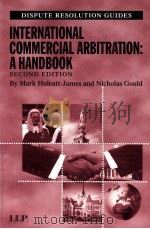
CHAPTER 1-SOME PRELIMINARY CONSIDERATIONS1
Historical overview1
Arbitration and other means of dispute resolution2
Choosing between arbitration and court proceedings2
Alternative Dispute Resolution5
The significance of the labels "international" and "commercial"8
Legal significance - "international" character8
"Commercial" nature9
Practical significance9
Important questions and issues10
Essentials of arbitration12
CHAPTER 2-APPLICABLE LAWS AND RULES15
Introduction15
Capacity15
The arbitration agreement16
The arbitration proceedings17
The dispute18
Recognition or enforcement of awards20
International conventions20
The Geneva Protocol of 192321
The Geneva Convention of 192721
The New York Convention of 195821
The European Convention on International Commercial Arbitration of 196121
The Washington Convention of 196522
The Moscow Convention of 197222
The Panama Convention of 197522
Bilateral treaties23
The UNCITRAL Arbitration Rules and Model Law23
The Arbitration Rules23
The Model Law24
CHAPTER 3-THE ARBITRATION AGREEMENT27
Prelude27
Preliminary matters27
Institutional arbitration28
Ad hoc arbitration30
Creating an enforceable arbitration agreement30
Enforcing the arbitration agreement31
Agreement for institutional arbitration32
The number of arbitrators33
The place (or "seat") of the arbitration33
The law applicable to the substance of the disputes36
The language of the arbitration36
Miscellaneous matters36
Agreement for ad hoc arbitration38
Relevant matters38
Caveats39
Multi-party arbitration39
Introduction39
Chain contracts40
The Arbitration Agreement41
Consortium or partnership contracts44
Privacy45
Conclusion46
Tailpiece46
CHAPTER 4-THE COMMENCEMENT OF THE ARBITRATION AND THE APPOINTMENT OF THE ARBITRAL TRIBUNAL47
Introduction47
Applicable rules and law47
A dispute48
The commencement of the arbitration48
Time limits49
The appointment of the tribunal51
The number of arbitrators51
The manner in which the appointment of arbitrators may be made51
Selecting the arbitrator to be appointed54
The role of a party-nominated arbitrator55
The tribunal's fees and expenses56
Establishing the entitlement to fees and expenses56
Securing payment of the tribunal's fees and expenses57
Removal of arbitrators58
The circumstances in which removal may be appropriate58
How an application for removal is to be dealt with59
The consequences of removal59
CHAPTER 5-THE JURISDICTION, POWERS AND OBLIGATIONS OF THE TRIBUNAL61
Sources61
Jurisdiction62
Introduction62
The consequences of absence of jurisdiction63
What is a party to do if it believes that the tribunal lacks jurisdiction?63
Partial challenge64
Challenge to the entire jurisdiction66
The powers of the tribunal68
Source and purpose68
Compliance with the tribunal's directions69
The tribunal's obligations70
Source and nature70
The consequences of, and remedies for, breach of obligation72
CHAPTER 6-THE PROCEEDINGS75
Introduction75
The preliminary meeting77
Form77
Timing78
Preparation78
Items for the agenda78
After the preliminary meeting81
Terms of reference81
Role81
Contents82
Drafting82
The party which refuses to co-operate83
The written submissions83
Differences in approach83
Institutional requirements84
Time limits84
Evidence85
Technical rules of evidence85
Burden of proof86
Documents86
Witnesses88
Expert witnesses89
The hearing90
Representation at hearings91
Arrangements for hearings91
The order of proceedings at the hearing92
Transcripts92
Failure by one party to participate92
The arbitration agreement93
The law applicable to the arbitration proceedings93
Ex parte hearings93
CHAPTER 7-AWARDS95
Introduction95
Types of award95
Interim/interlocutory awards96
Partial awards96
Final awards96
Consent awards96
Default awards97
Remedies which may be included in an award97
Order for the payment of money97
Declaration98
Specific performance98
Injunction98
Rectification98
Punitive damages99
Interest99
Costs100
Validity of the award101
Other requirements for enforcement103
Approval103
Communication103
Registration or deposit103
Consequences of invalidity103
CHAPTER 8-RECOGNITION OR ENFORCEMENT OF AWARDS105
After the award105
Recognition or enforcement105
Domestic and foreign awards106
Where to apply for recognition or enforcement106
Procedure for recognition or enforcement108
Time limits109
CHAPTER 9-RESISTING AWARDS111
The options111
Appeal pursuant to the rules of the arbitration111
Challenge in the courts of the country in which the award was made112
Relevant matters112
Nature of relief112
Timing112
Form113
Grounds113
Security pending the outcome of a challenge113
Resisting recognition or enforcement of a foreign award114
Introduction114
Defences under the New York Convention114
The consequences of successfully resisting an application for the recognition or enforcement of a foreign award116
State immunity117
APPENDIX 1-States which have ratified, or acceded to, the New York Convention of 1958 (as at 30 September 1998)119
APPENDIX 2-States which have based their arbitration laws on the UNCITRAL Model Law123
APPENDIX 3-Comparative table of international arbitration rules124
APPENDIX 4-Model arbitration clauses recommended by the AAA, the ICC andtheLCIA131
APPENDIX 5-UNCITRAL Model Arbitration Clause133
APPENDIX 6-Draft ad hoc arbitration clause135
Index139
1999《INTERNATIONAL COMMERCIAL ARBITRATION A HANDBOOK》由于是年代较久的资料都绝版了,几乎不可能购买到实物。如果大家为了学习确实需要,可向博主求助其电子版PDF文件(由 1999 LONDON HONG KONG 出版的版本) 。对合法合规的求助,我会当即受理并将下载地址发送给你。
高度相关资料
-
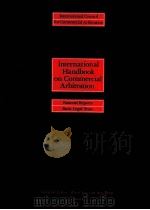
- INTERNATIONAL HANDBOOK ON COMMERCIA ARBITRATION VOL.III
- 1984 KIUWER LAW AND TAXATION PUBLISHERS DEVENTER-BOSTON
-
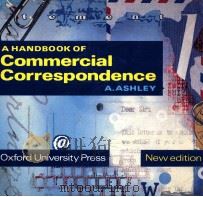
- A HANDBOOK OF COMMERCIAL CORRESPONDENCE
- 1992 OXFORD UNIVERSITY PRESS
-
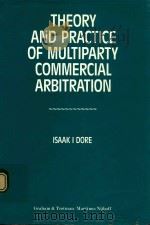
- THEORY AND PRACTICE OF MULTIPARTY COMMERCIAL ARBITRATION
- 1990 GRAHAM AND TROTMAN
-
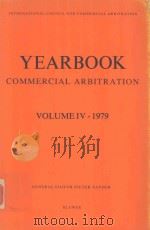
- YEARBOOK COMMERCIAL ARBITRATION
- 1979 KLUWER
-
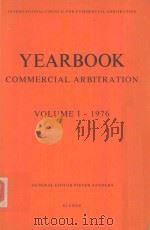
- YEARBOOK COMMERCIAL ARBITRATION
- 1976 KLUWER
-
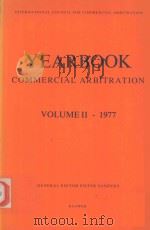
- YEARBOOK COMMERCIAL ARBITRATION
- 1977 KLUWER
-
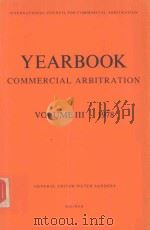
- YEARBOOK COMMERCIAL ARBITRATION
- 1978 KLUWER
-
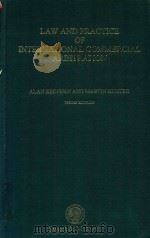
- Law and Practice of International Commercial Arbitration Third Edition
- 1999 Sweet & Maxwell
-
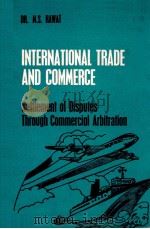
- INTERNATIONAL TRADE AND COMMERCE SETTLEMENT OF DISPUTES THROUGH COMMERCIAL ARBITRATION
- 1985 DEEP & DEEP PUBLICATIONS
-

- Commercial arbitration in Hong Kong
- 1989 Longman
-

- FOUCHARD,GAILLARD,GOLDMAN ON INTERNATIONAL COMMERCIAL ARBITRATION
- 1999 KLUWER LAW INTERNATIONAL
-
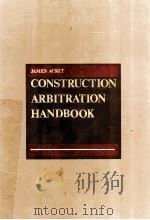
- Construction arbitration handbook
- 1985 Shepard's/McGraw-Hill
-
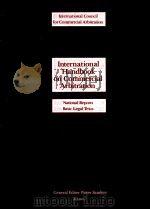
- INTERNATIONAL HANDBOOK ON COMMERCIA ARBITRATION
- 1984 KIUWER LAW AND TAXATION PUBLISHERS DEVENTER-THE NETHERLANDS
-
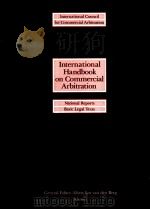
- INTERNATIONAL HANDBOOK ON COMMERCIA ARBITRATION VOL.II
- 1984 KIUWER LAW AND TAXATION PUBLISHERS DEVENTER-BOSTON
提示:百度云已更名为百度网盘(百度盘),天翼云盘、微盘下载地址……暂未提供。➥ PDF文字可复制化或转WORD
